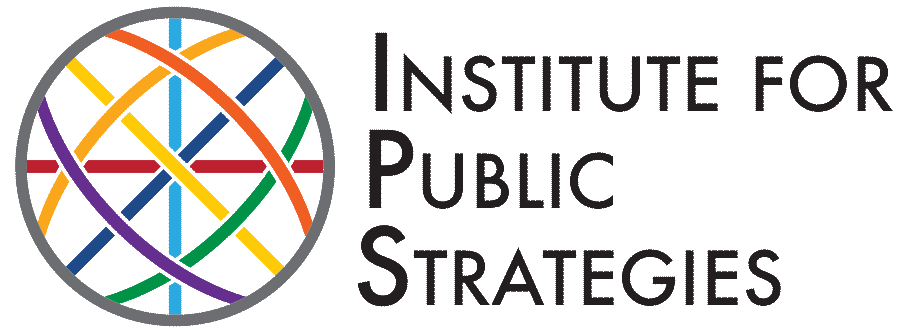Looking to 2021 Through a New Lens
No one could have imagined 2020 would be such a challenging year for our nation. It has been a perfect storm. A once-in-a-century pandemic has exacted fatal tolls and collided with social unrest on a scale unseen in decades. Fault lines drawn long ago have burst at the seams, laying bare the inequality, injustice and rage underneath. However, as difficult as 2020 has been, it has brought opportunities to light that we must seize to repair the rifts in our divided society.
First, 2020 has elevated an understanding that systemic racism is pervasive. This realization came on like a freight train at a time when many Whites thought our country had moved beyond it. The deaths of George Floyd, Breonna Taylor, and Ahmaud Arbery lit the tinder that brought thousands into the streets. As Americans marched for justice, many other harsh truths were dragged into the light, including police brutality, incarceration rates, childbirth mortality and COVID-19 deaths suffered disproportionately by Black and Latinx communities. While it has been painful to witness, race has dominated the national conversation and motivated tens of thousands to act, by way of protest and demonstration, demanding change. In turn, institutions have been forced to reflect on their role and what they can do to help repair centuries old injustices.
Second, 2020 has catalyzed the beginnings of meaningful police reform, a reimagining that has long been necessary. This year’s tragic events have inspired a renewed political will and a sweeping set of reform proposals. Better oversight and training, new crisis intervention protocols, federal data collection standards – even fundamental questions like what should be the mission of police officers – are all on the table. People with ideas from both ends of the political spectrum must find common ground. They are moving into 2021, trying to meet in an understanding that demanding an end to police brutality and valuing the role of law enforcement are not mutually exclusive.
Lastly, the intersection of a pandemic and massive social unrest has exposed the drastic societal inequities that exist in health, wealth and opportunity. Community trauma has emerged as a core public health concept. The understanding that substance use, mental health, illness, crime and poverty stem from adverse childhood experiences and baked-in inequities is now a guiding principle for public health funders and practitioners alike. This enlightened perspective brings forth the potential of directing money and resources to root causes. It facilitates new partnerships between social justice and public health advocates. These are big wins for the future of public health, with broad implications for successfully addressing our nation’s most intractable public health problems.
We are entering 2021 with a new lens. The new year brings with it the opportunity to harness the energy born out of this year’s struggle, with a renewed understanding of the link between public health, social justice, and economic opportunity. There is widespread agreement that this energy needs to translate into sweeping policy change. Like never before, we must attempt to lift up disaffected communities and implement crucial reforms that have for decades been neglected. The political will exists. Now let’s see what we can accomplish with it.
Author:
Brenda Simmons
CEO/President, IPS
Brenda Simmons is CEO/President of the Institute for Public Strategies, a Southern California-based nonprofit that works alongside communities to build power, challenge systems of inequity, protect health and improve quality of life.



